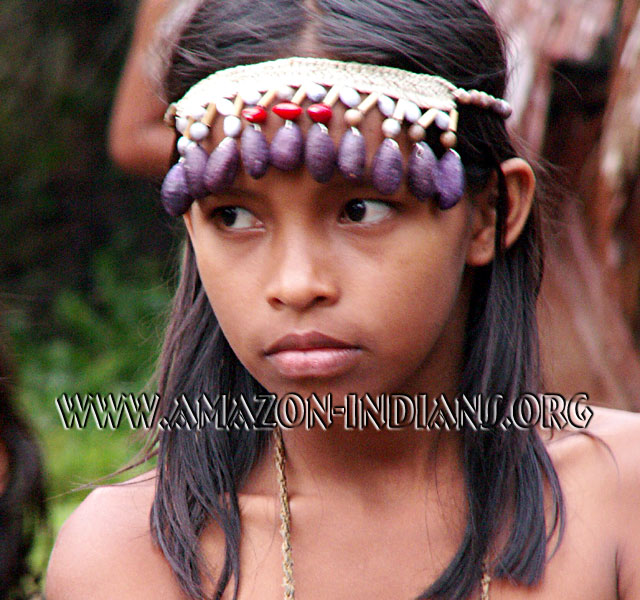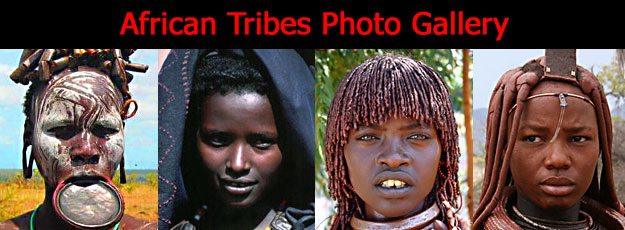| Return to Main Index Page |
 |
 |
||

|
|
Bora IndiansSurvival of a Native Culture - Page 4 of 5
Another example of how the
Bora Indians are preserving their culture is the sustainable agroforestry
project being conducted in Brillo Nuevo, a community of Bora Indians on the
Ampiyacu River, a branch of the Amazon River located 120 kilometers east of
Iquitos. Tropical forests are not easily reforested after being clear-cut
and crops have been planted because most of the nutrients are located in the
forest canopy rather than in the soil. The Boras have learned how to
successfully manage fragile tropical soils so that agriculture and forestry
are sustainable. Scientists have learned much from observations on the Bora
agroforestry project in Brillo Nuevo. Currently, agricultural and
forestry scientists are incorporating traditional Bora
agroforestry techniques into new models of tropical agriculture that will
sustain the tropical rainforest rather than destroy it.
Return to Main Index Page | Page 1 | Page 2 | Page 3 | Page 5 |
|
 |
| The use of this website constitutes acceptance of our User Agreement, Privacy Policy & Legal Disclaimer |
| © Copyright 2004-2014 Dan James Pantone, all rights reserved, Bora Indians - Page 4 of 5 |